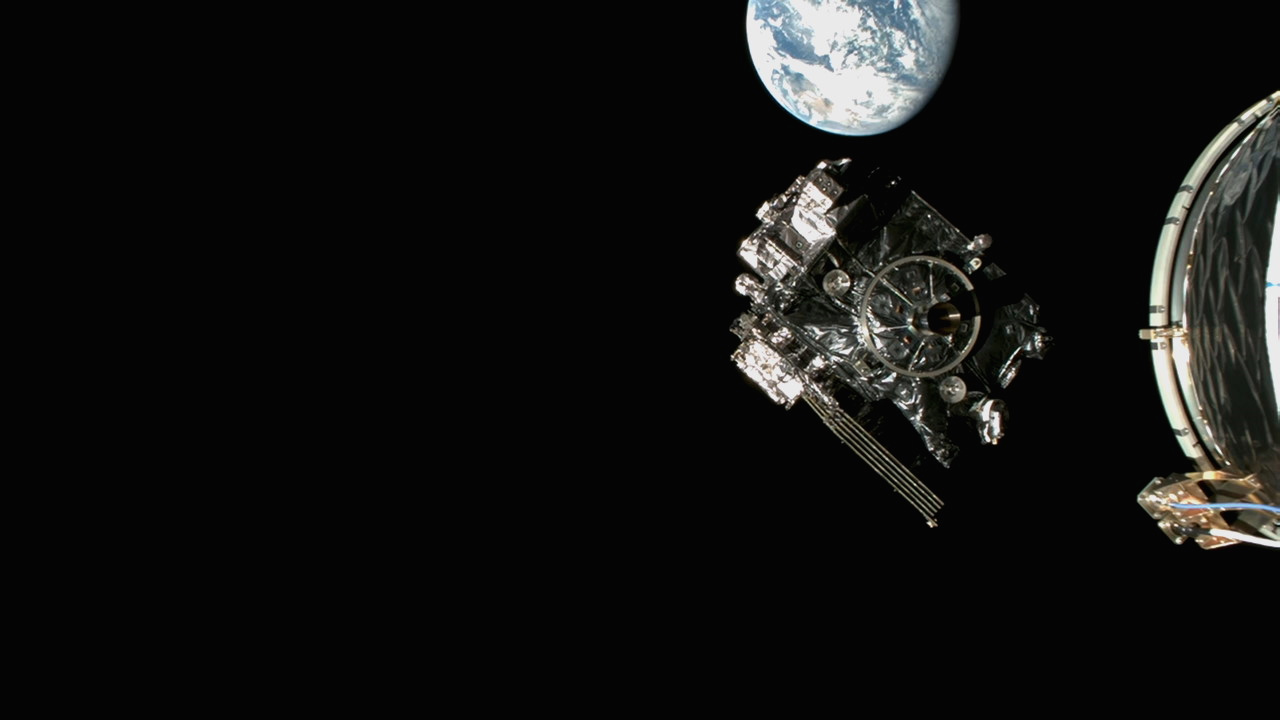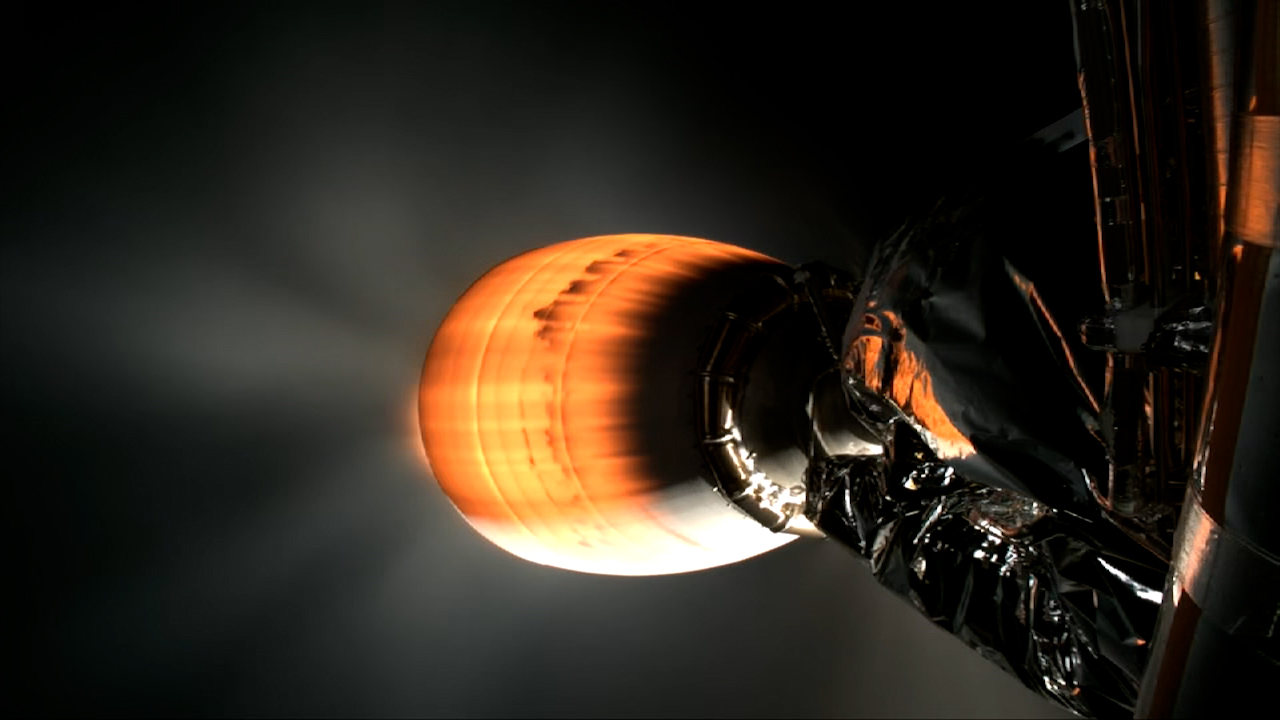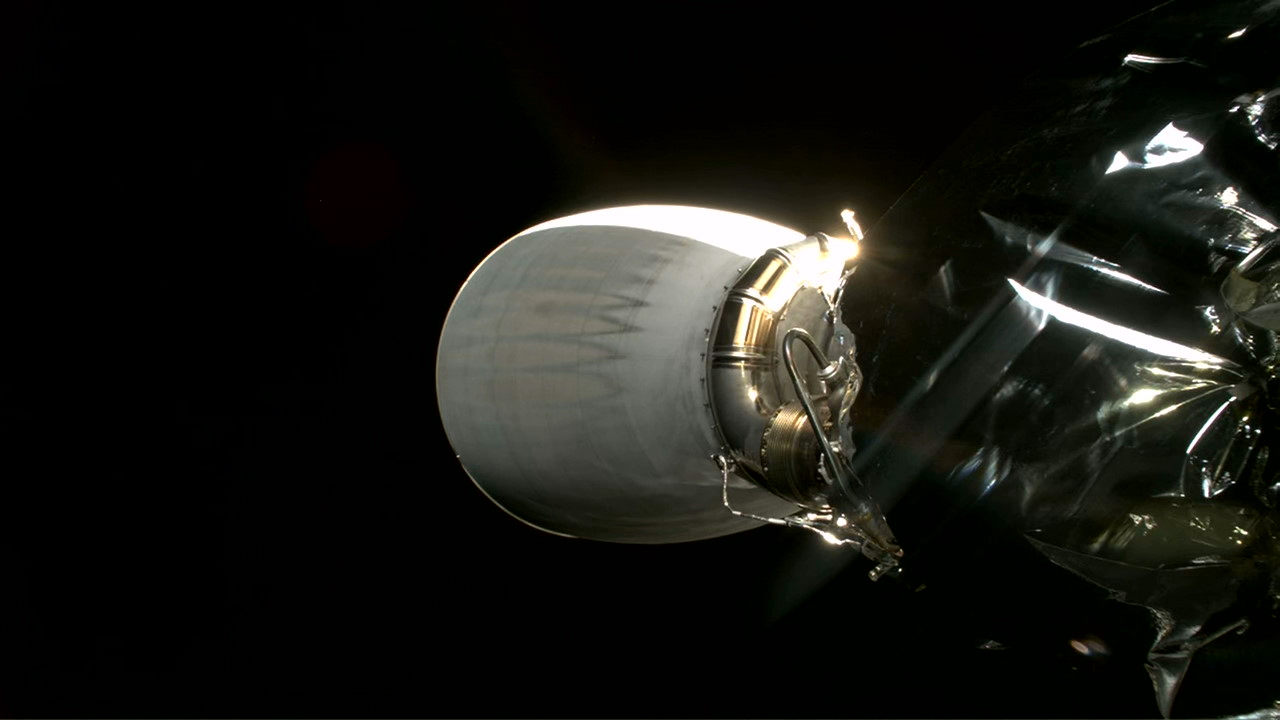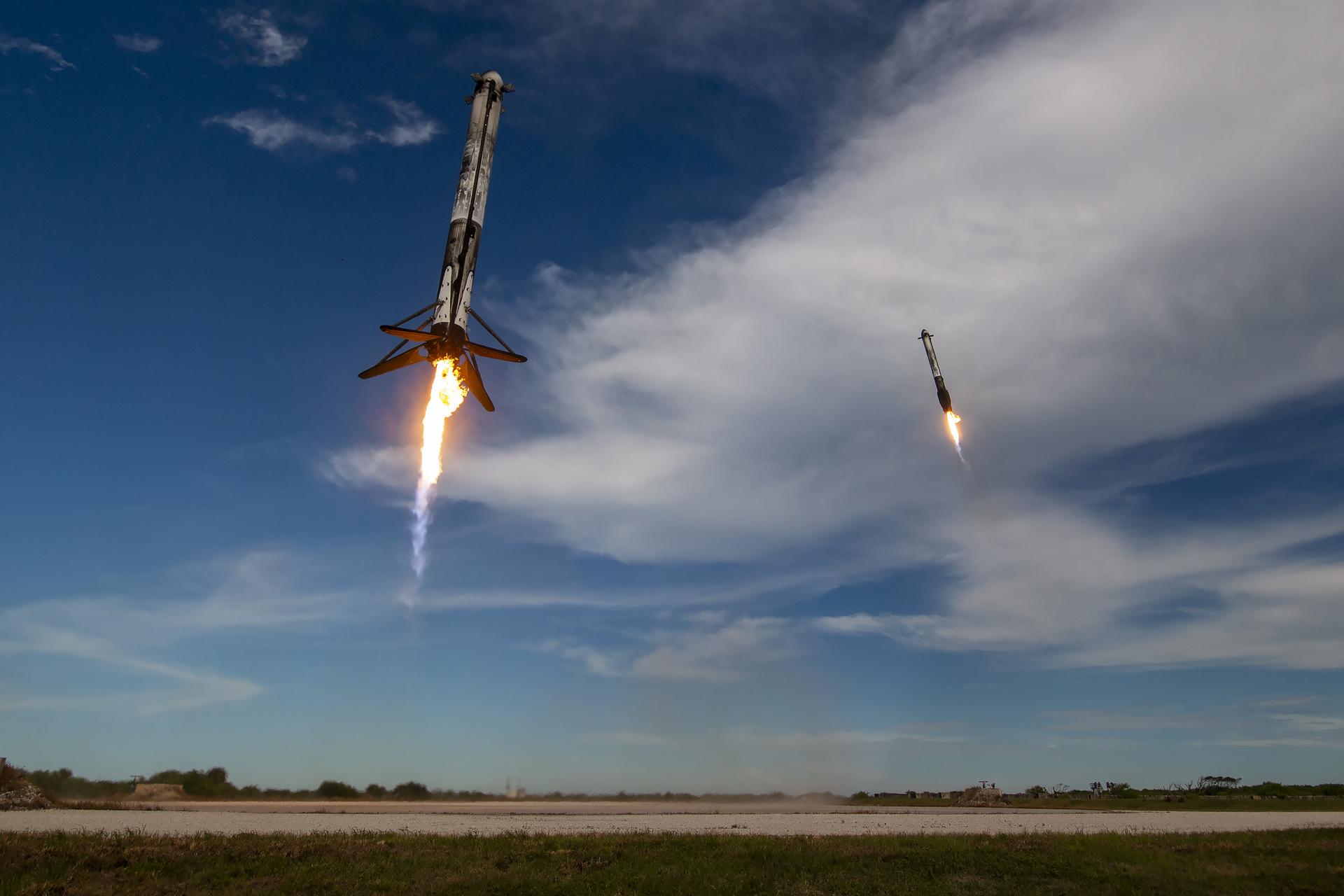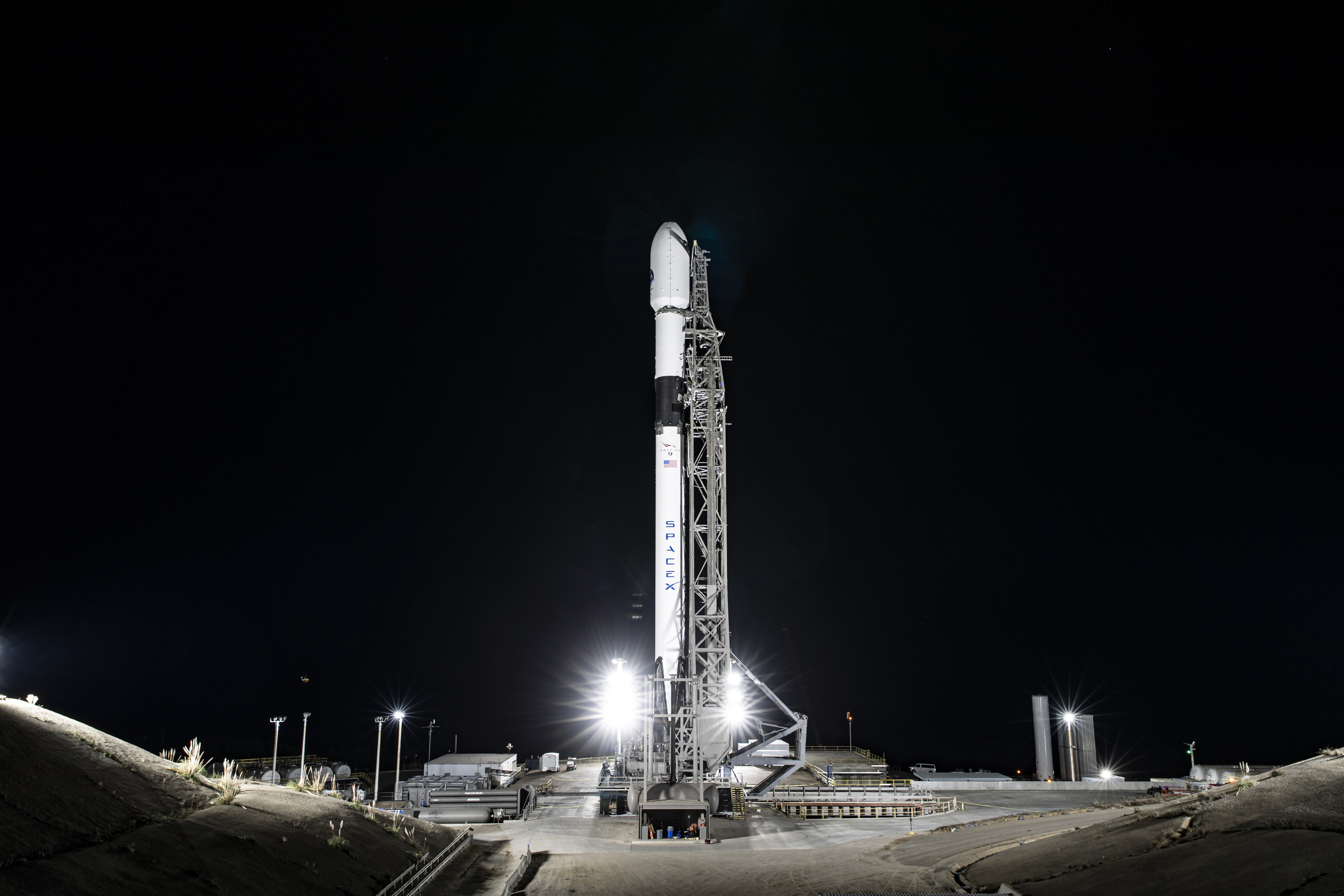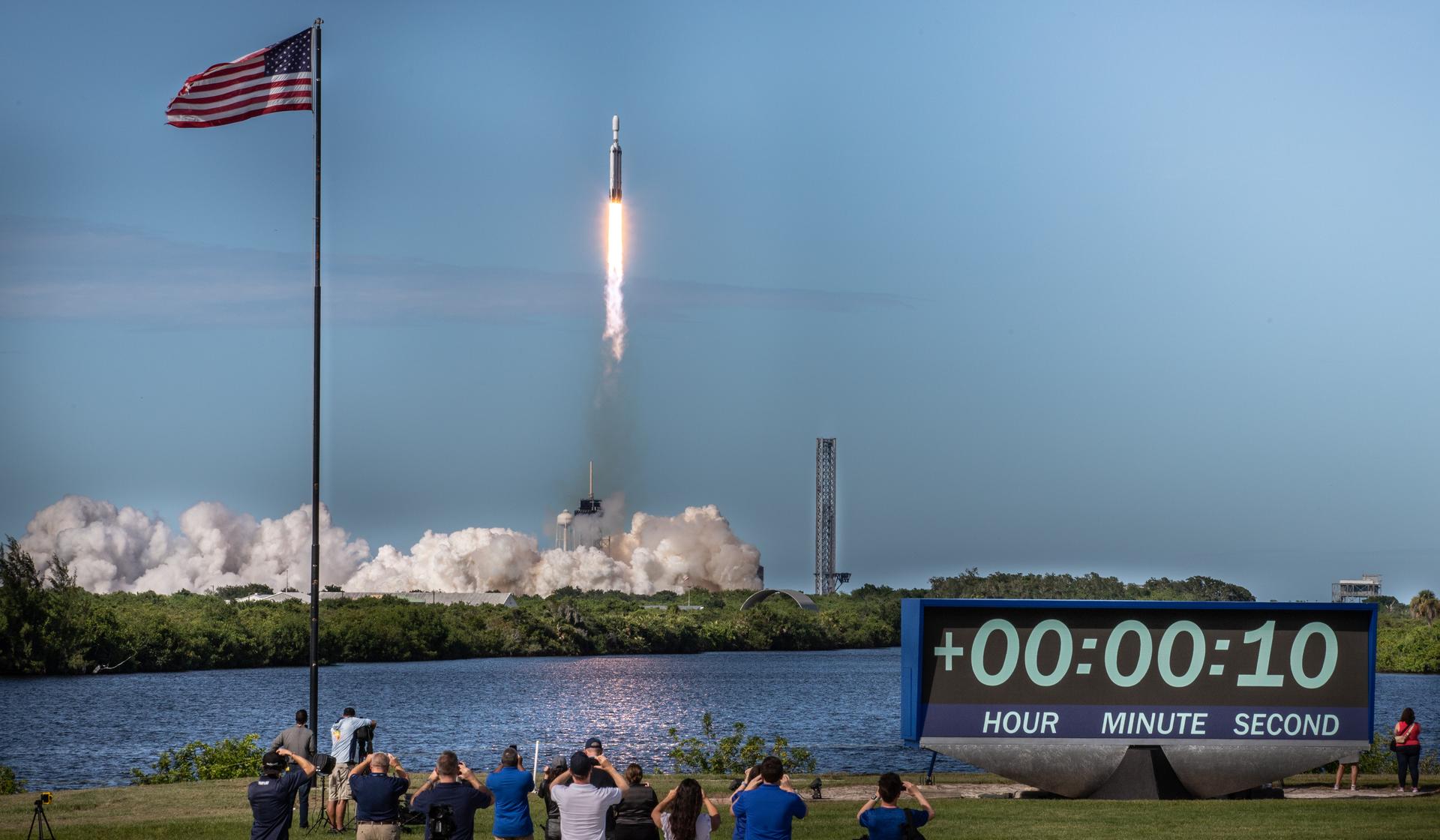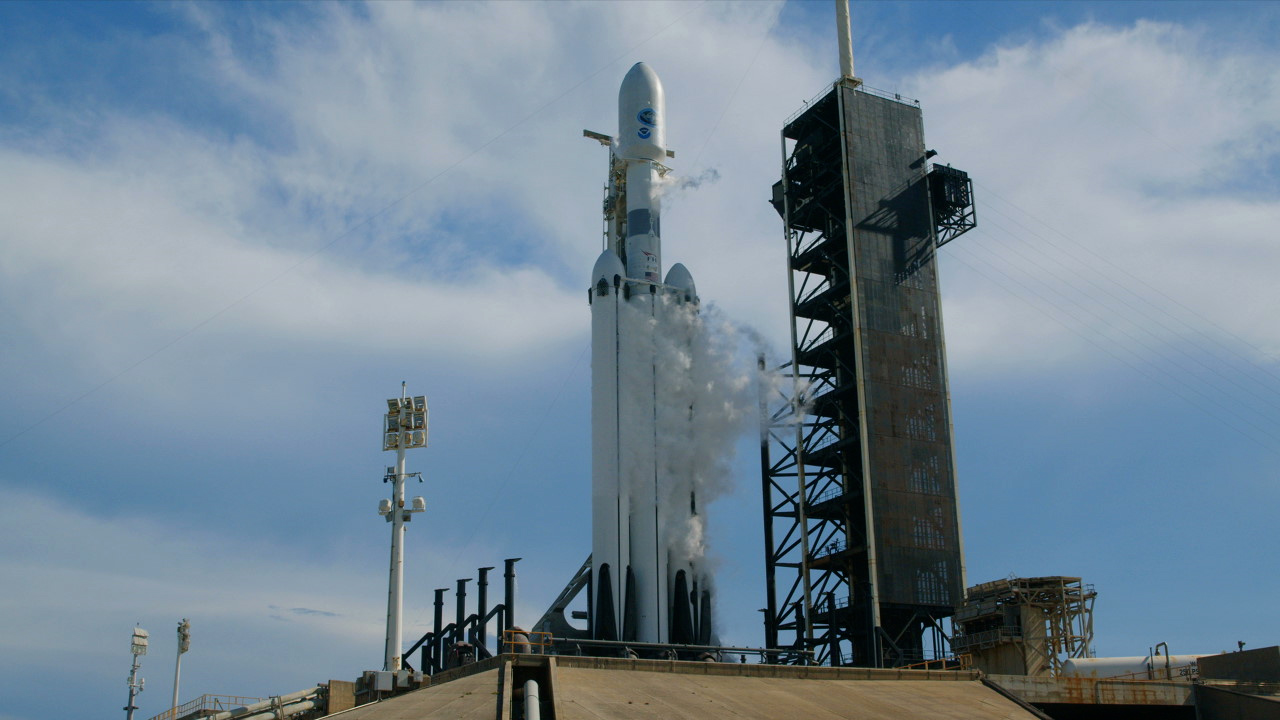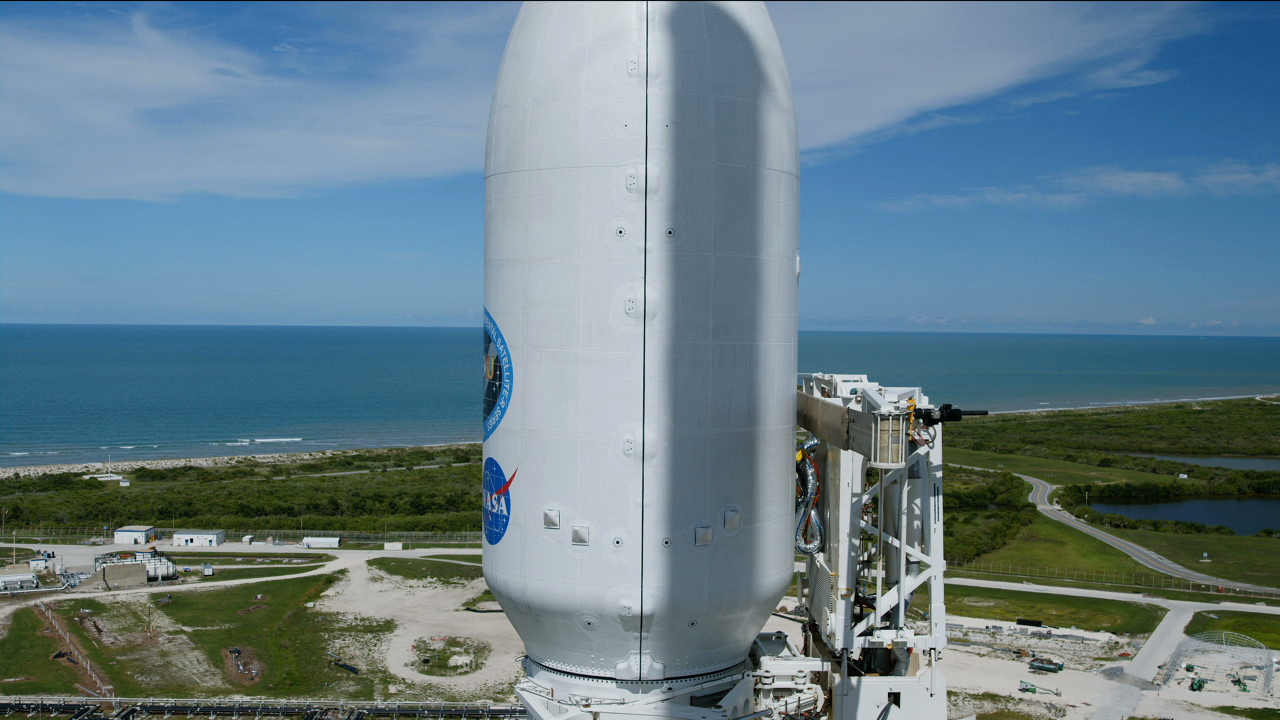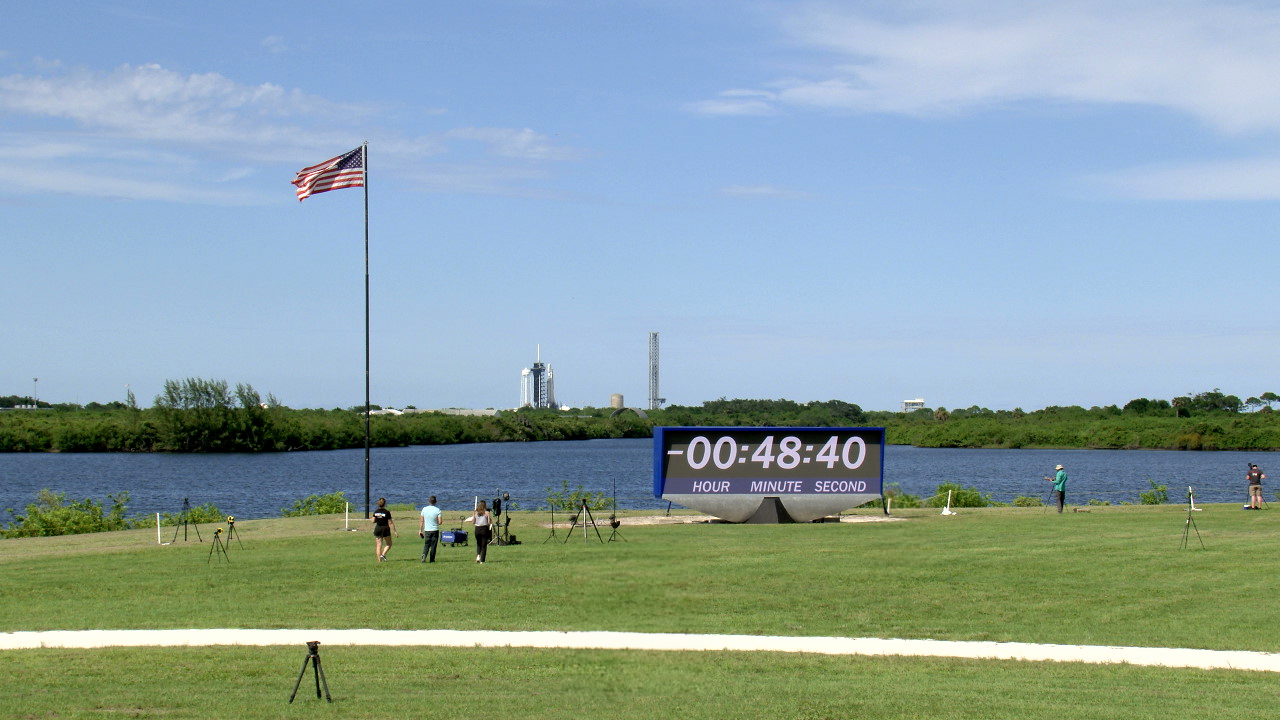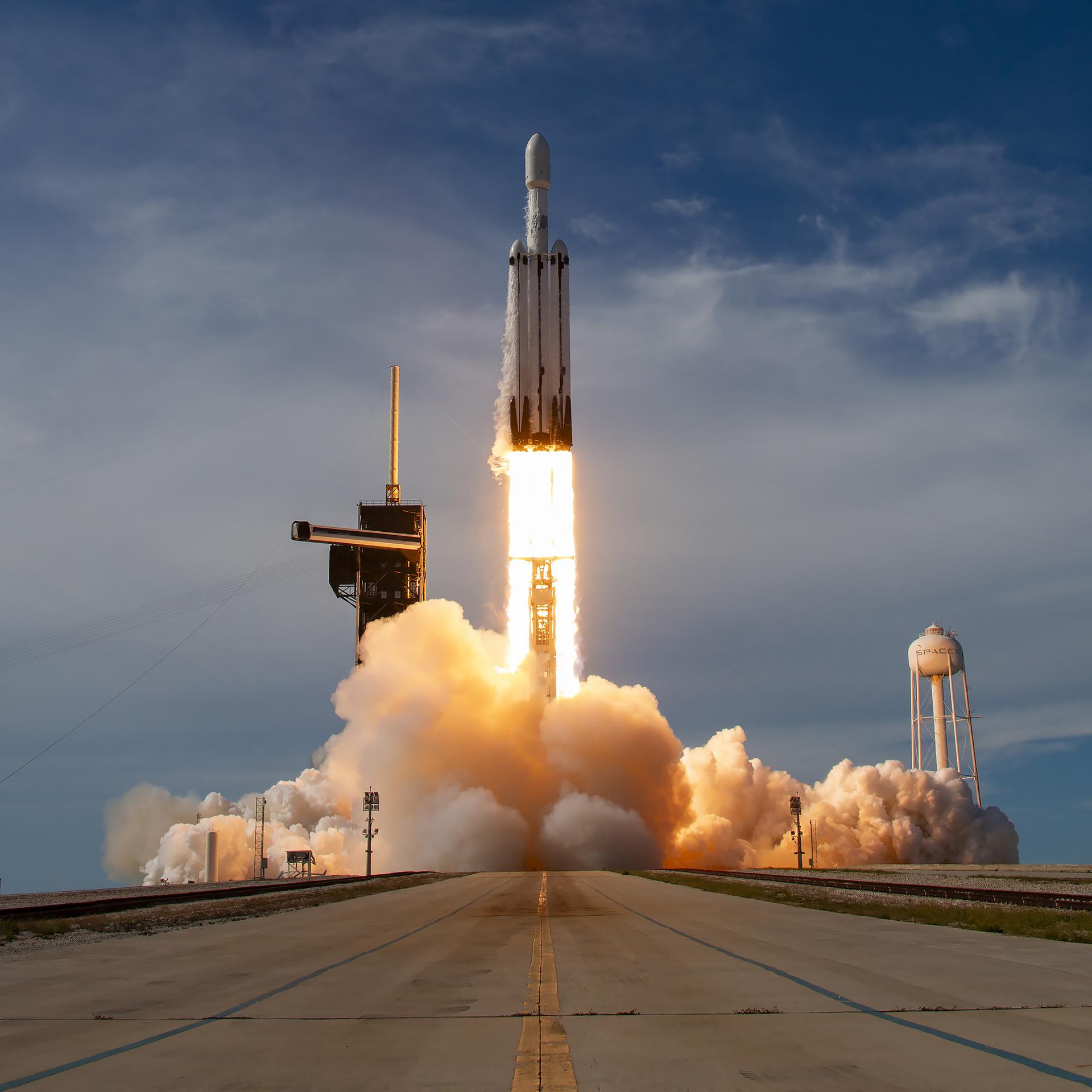
The NOAA (National Oceanic and Atmospheric Administration) team received telemetry from GOES-U (Geostationary Operational Environmental Satellite U), indicating the spacecraft is functioning nominally and is power positive. The NOAA GOES-U satellite has now safely deployed, and NOAA has acquired a signal. GOES-U will take about two weeks to reach geostationary orbit. Once there, the satellite will be renamed GOES-19.
NOAA oversees the GOES-R Series Program through an integrated NOAA-NASA office, managing the ground system, operating the satellites, and distributing their data to users worldwide.
On board GOES-U is a suite of seven instruments for collecting advanced imagery and atmospheric measurements, providing real-time mapping of lightning activity, and detecting approaching space weather hazards. Also onboard for the first time is the compact coronagraph that will observe the Sun’s outermost layer, called the corona, for large explosions of plasma that could produce geomagnetic solar storms.
NASA teams will complete an in-orbit checkout of the satellite’s instruments and systems prior to handing it over to NOAA’s Office of Satellite and Product Operations, which will verify the satellite’s science data.
The GOES-U satellite is the last of NOAA’s GOES-R Series satellites, the only system that provides persistent coverage of the Western Hemisphere that enables forecasters to predict, observe, and track local weather events on Earth and in space that affect public safety like thunderstorms, hurricanes, wildfires, and solar storms.
The environmental monitoring satellite constellation is planned to operate into the 2030s.
Looking forward, NOAA is working with NASA to develop the next generation of operational satellites in geostationary orbit, called Geostationary Extended Observations. NASA will manage the development and launch the satellites for NOAA.
For additional information on the GOES-U launch, visit:
https://www.nasa.gov/news-release/nasa-spacex-launch-noaas-latest-weather-satellite
Join the online conversation about the GOES-U mission:
X: @NASA, @NASA_LSP, @NASAKennedy, @NOAASatellites, @NASAGoddard
Facebook: NASA, NASA LSP, NASA Kennedy, NOAA Satellites, NASA Goddard
Instagram: NASA, NASA Kennedy, NOAA Satellites

